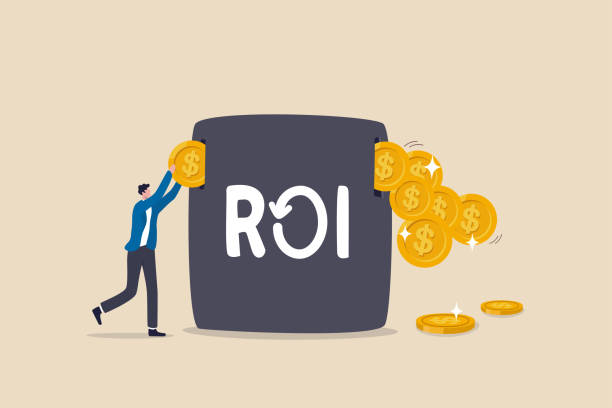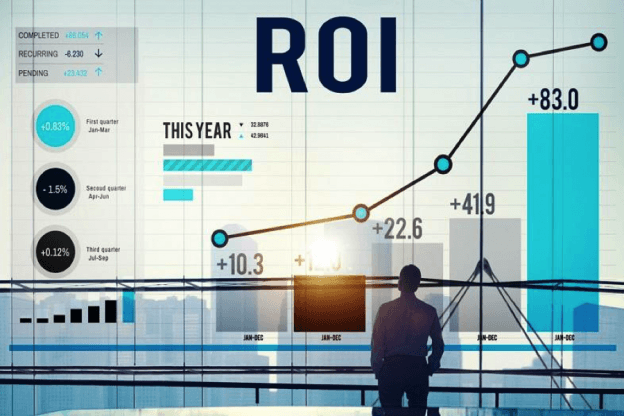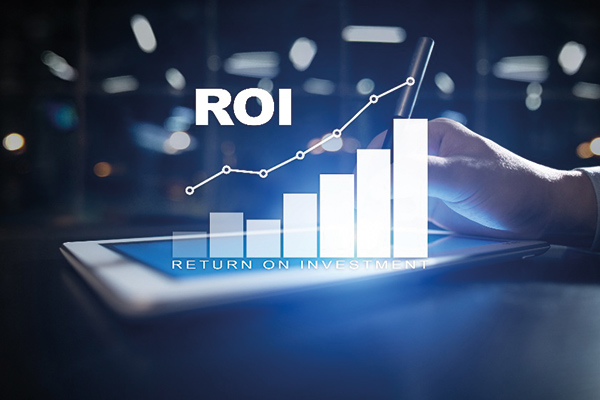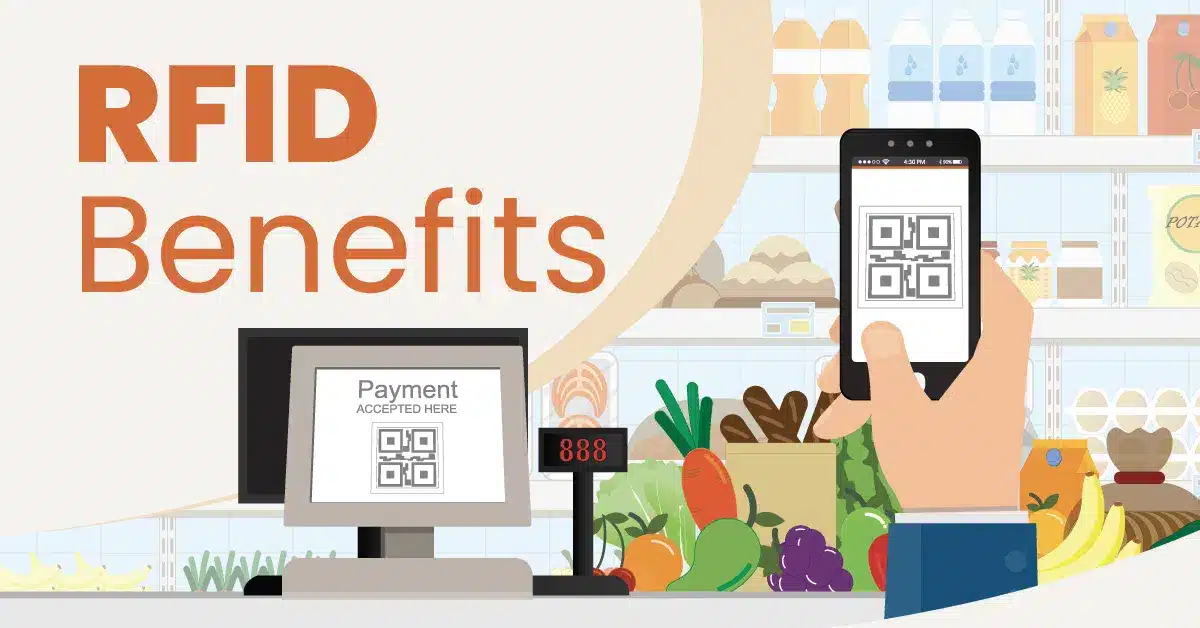Key Considerations When Investing in an RFID System

23/12/2023
When evaluating the investment and implementation of a new RFID system, the most critical question to answer is: Does the solution truly fit the needs of the business, and will the benefits outweigh the costs? Benefits are not only measured in financial terms, but also in operational efficiency, time savings, and error reduction. Similarly, costs include not only the initial capital investment but also ongoing operational and maintenance expenses.
Does the solution address the core business problem?
RFID technology offers many advantages over traditional solutions. However, it also has limitations—such as environmental constraints, read range limitations, and tag compatibility with certain materials or items. Therefore, before investing in RFID, businesses must clearly define the problem they are trying to solve and evaluate whether RFID is truly the best fit—or if other alternatives such as barcodes or manual tracking might be sufficient.
Cost-Benefit Feasibility
This involves assessing whether the long-term benefits (returns) of implementing RFID justify the total costs incurred. This analysis must take into account not only the immediate impact but also projected long-term gains and ongoing operational expenses. Some benefits may not be realized right away, while some costs may continue to accumulate in the future.
Fixed Costs
Fixed costs are one-time expenses, typically including: RFID readers, antennas, cables, system installation.
These costs may rise if the system is later expanded. It’s important to assess the projected scale of use (e.g., number of products, scope of application, number of locations or facilities) in order to accurately estimate fixed investments.
Variable Costs
Variable or recurring costs will fluctuate based on the scale of RFID usage. These may include:
- Tag printing and labeling
- Software licensing fees (especially with SaaS models)
- Maintenance and support services
Depreciation of RFID assets over time should also be factored into cost assessments.
Tangible Benefits
Quantifiable benefits should be translated into monetary value to facilitate comparison with costs. Begin by listing out the expected benefits from RFID implementation, then convert them into a reasonable financial estimate.
For example: If RFID reduces inventory labor requirements by 90%, and the current staff cost is 1 billion VND/year, the annual savings would be 900 million VND.
Other measurable benefits may include:
- Faster inventory turnover
- Reduced inventory loss or damage
- Lower warehouse holding costs
Intangible Benefits
Some benefits are less visible or take longer to materialize, but they are still worth evaluating. For example:
- RFID enables more accurate and complete customer purchase data, allowing marketing teams to run better-targeted promotions, leading to increased revenue per customer.
- Real-time inventory visibility improves internal controls and strengthens the credibility of financial reporting for stakeholders.
While harder to quantify, these intangible benefits can deliver long-term strategic value to the business.


Contact 1Gate for consultation on the most suitable RFID solution for your business:
📧 Email: info@1gate.com.vn
📞 Phone: 0778 333 000

Related Articles
- 1Gate’s RFID-Based Traceability & Anti-Counterfeiting System
- Hệ thống truy xuất nguồn gốc và chống giả 1Gate
- RFID Applications in Steel Manufacturing Plants
- Choosing RFID Tags for Metal Surfaces – What You Need to Know
- UNIQLO Implements RFID on a Global Scale
- Walmart, RFID, and the New Retail Strategy
- Ứng dụng RFID trong nhà máy sắt thép
- Lựa chọn thẻ RFID gắn trên kim loại- Những điều cần lưu ý
- UNIQLO áp dụng RFID trên phạm vi toàn cầu





